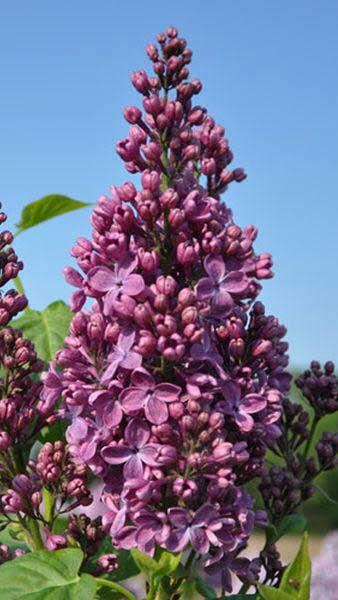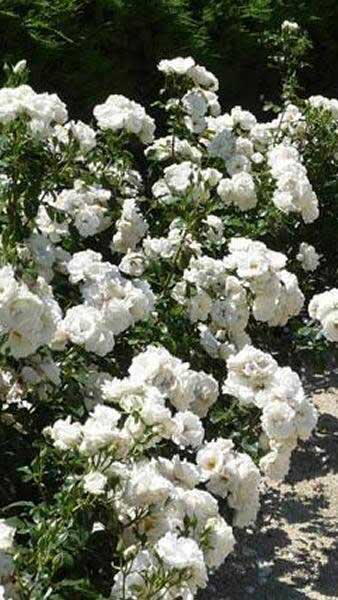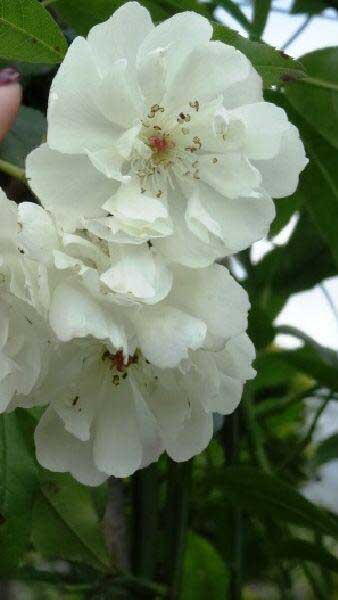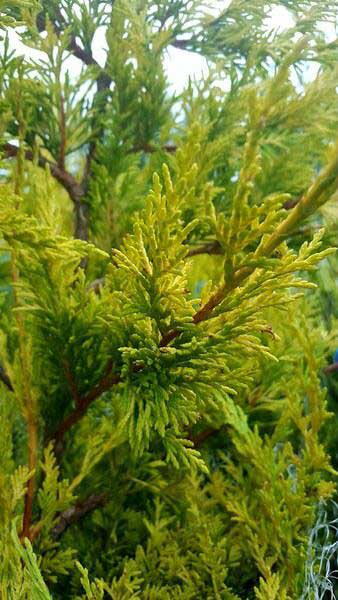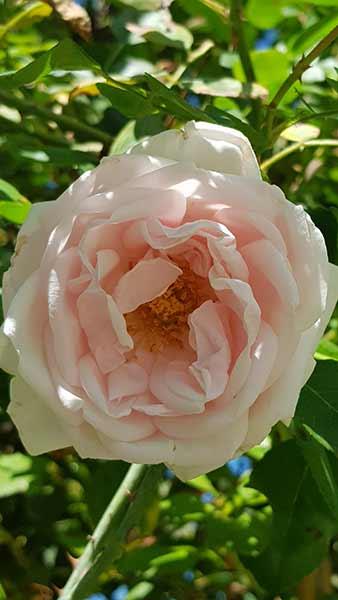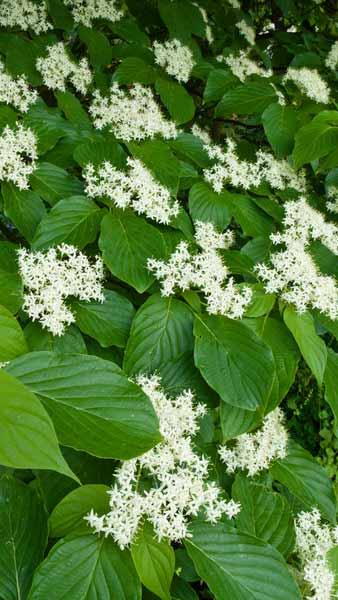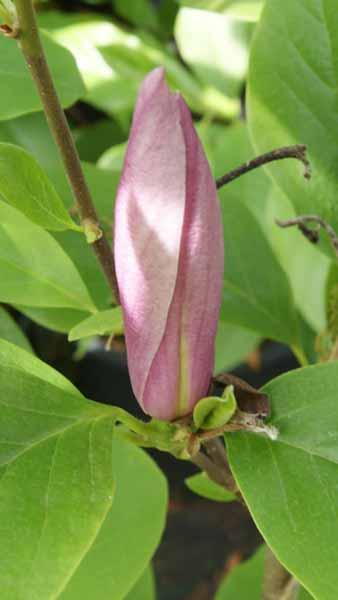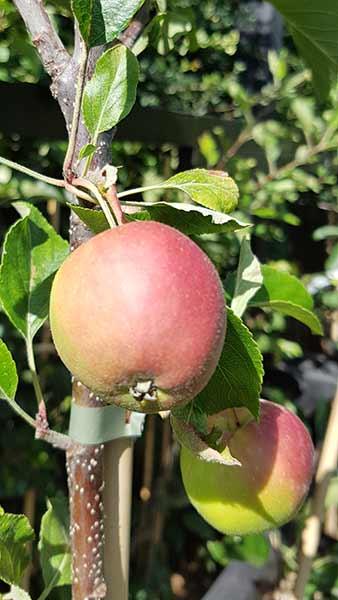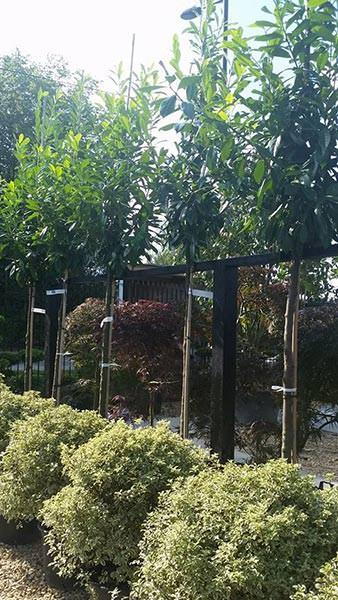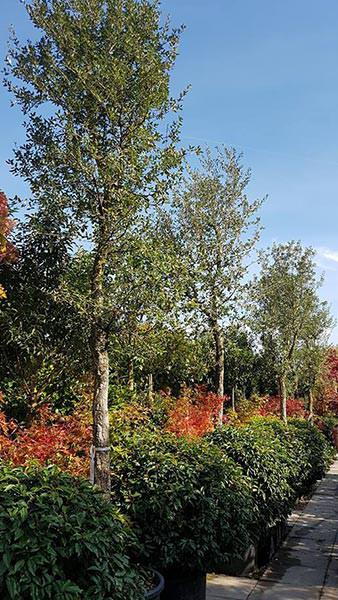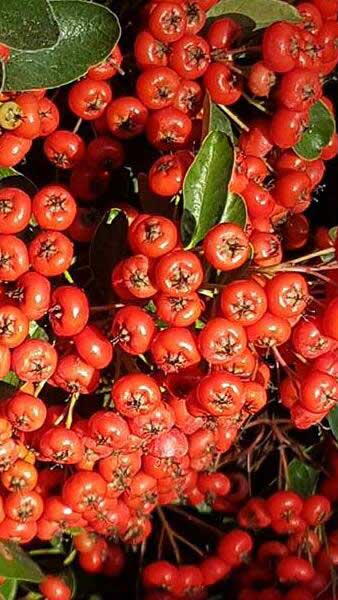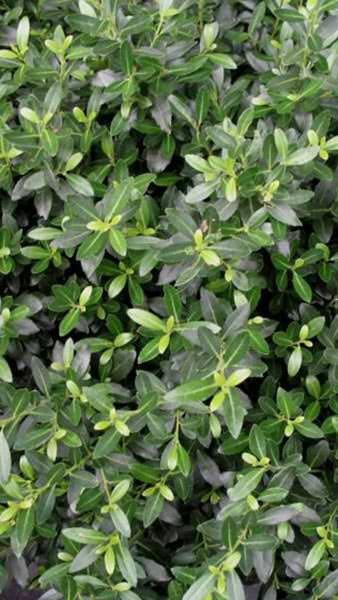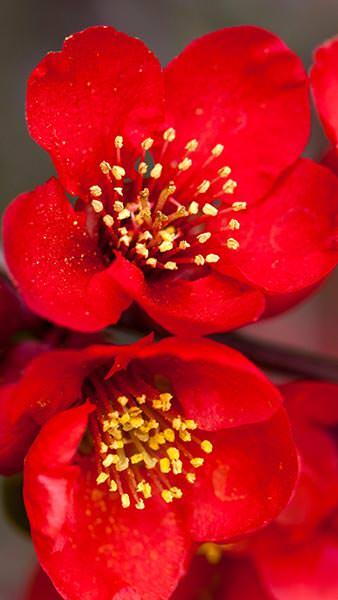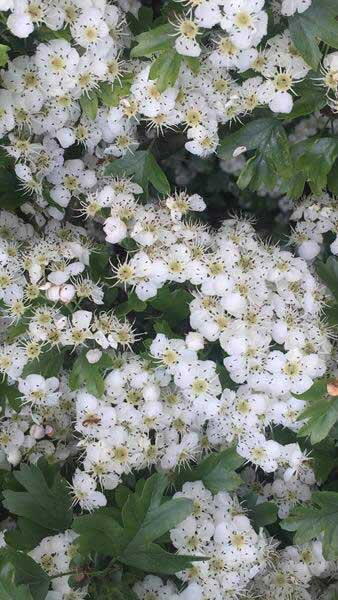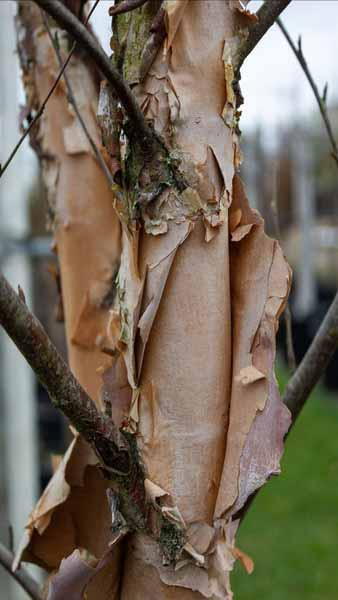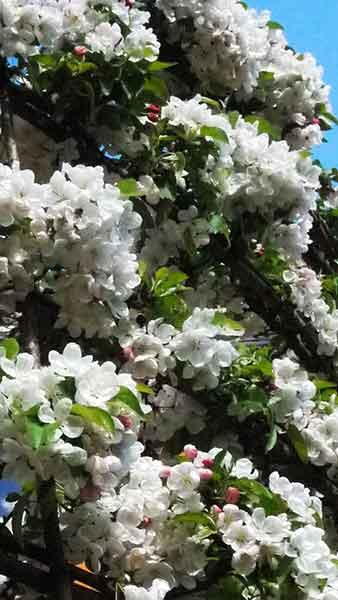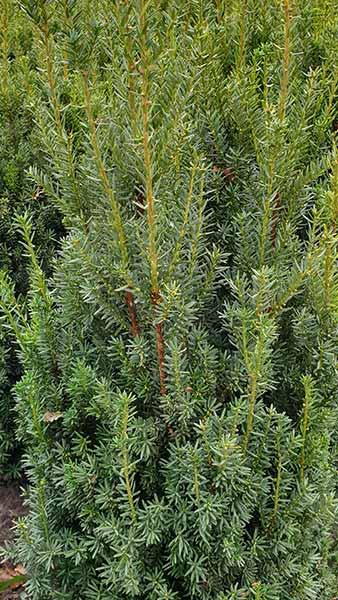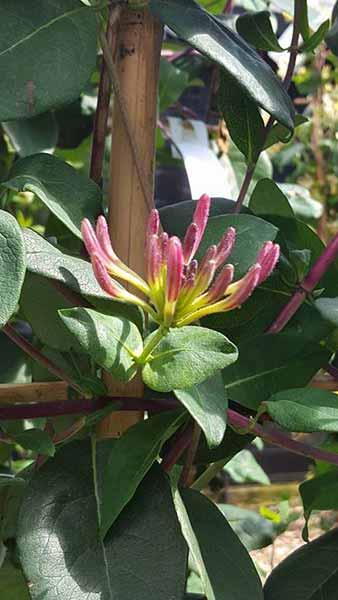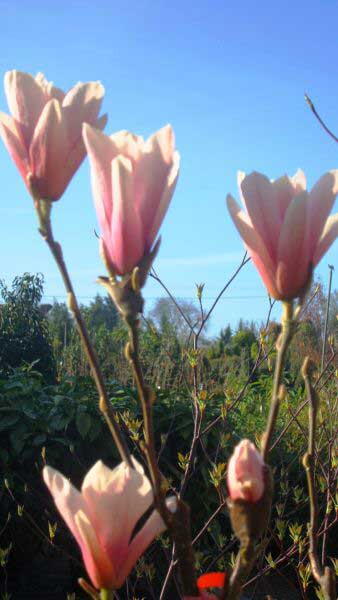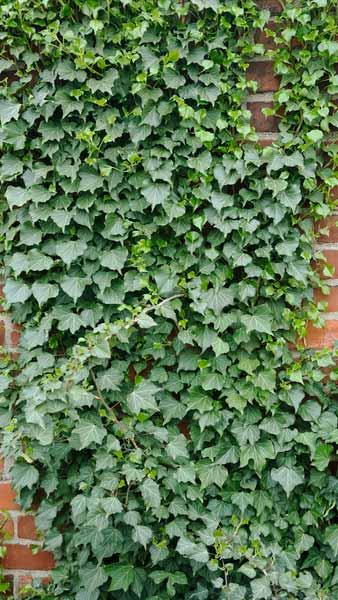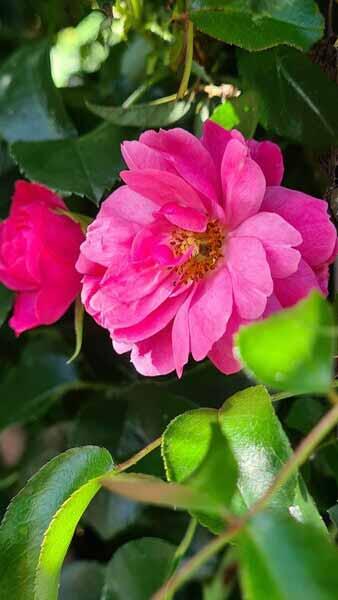Rosa New Dawn Climbing Rose. Rose New Dawn Climber
Rosa New Dawn (Rose New Dawn) is a vigorous, repeat-flowering climber. Widely popular, this climbing rose variety is prized for its prolonged flowering season.The profuse display of flowers are pale pink in color ageing to white as the flower matures, semi-double flowers starts in early summer and lasts until late autumn. The free-flowering, blossoms have a subtle, sweet fragrance and look spectacular against a backdrop of glossy foliage. The dark green leaves accentuate the elegant, pale shade of flowers and hide the thorny stems.A sport of the Wichurana climbing rose (Rosa Dr W. Van Fleet), this showy climber outshone the cultivar it originated from. Fully hardy in all of Britain and Ireland, Rose New Dawn is one of the most favoured varieties in the UK, and with good reason. Discovered in the 1930s, Rose New Dawn isn’t just a beauty to behold - this rose has historical significance as well, as it holds the first plant patent ever granted. Highly prized, this beautiful variety is the recipient of the esteemed Award of Garden Merit by Royal Horticultural Society and belongs to the Hall of Fame of the World Federation of Rose Societies.Generally considered resistant to pest and diseases, this deciduous climbing rose isn’t prone to problems when grown in optimal conditions. Best planted in a sunny location with fertile, humus-rich, moist but well-drained soil and a good circulation of air, Rose New Dawn is quite adaptable and can tolerate poor soils and partial shade. To encourage prolific flowering, avoid dimly lit locations and overly wet soils.Low-maintenance, this spectacular climbing rose can grow to be 1.5 to 2.5 metres tall and wide. A fast-growing, vigorous variety, Rosa New Dawn needs a sturdy structure to support its growth, so it’s often trained along a wall, trellis, arbor or pergolas.With its timeless, elegant charm, Rosa New Dawn has been favoured by gardeners for almost a century. Although its classic looks make it perfect for cottage and traditional gardens, the showy clusters of shell pink roses can find their spot in modern landscapes, as well. Use this outstanding climber to cover bare walls or fences and borders, or as a perfect statement plant, grown along an arch or a trellis, where its profuse blossoms can be appreciated, and their aromatic fragrance enjoyed.
